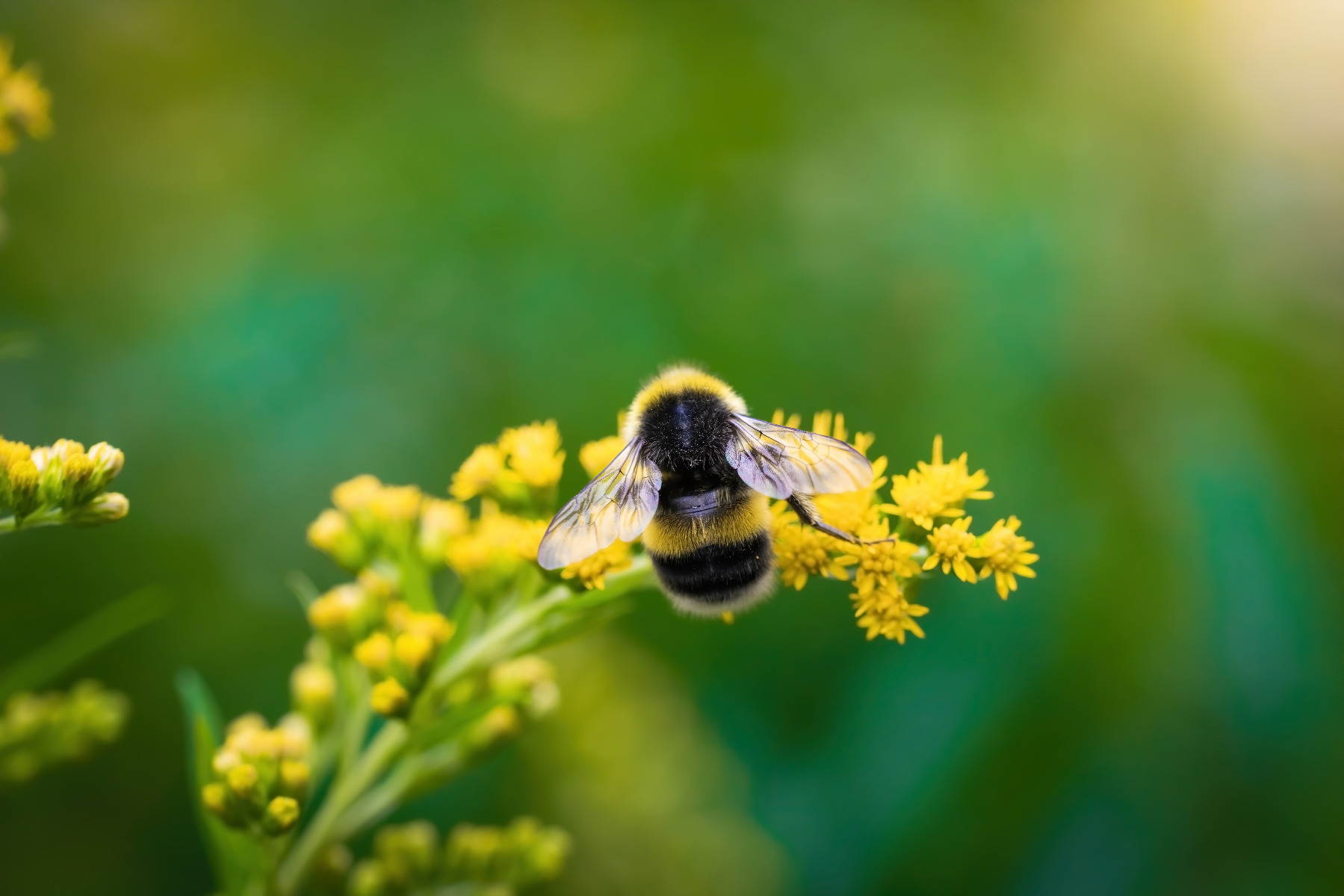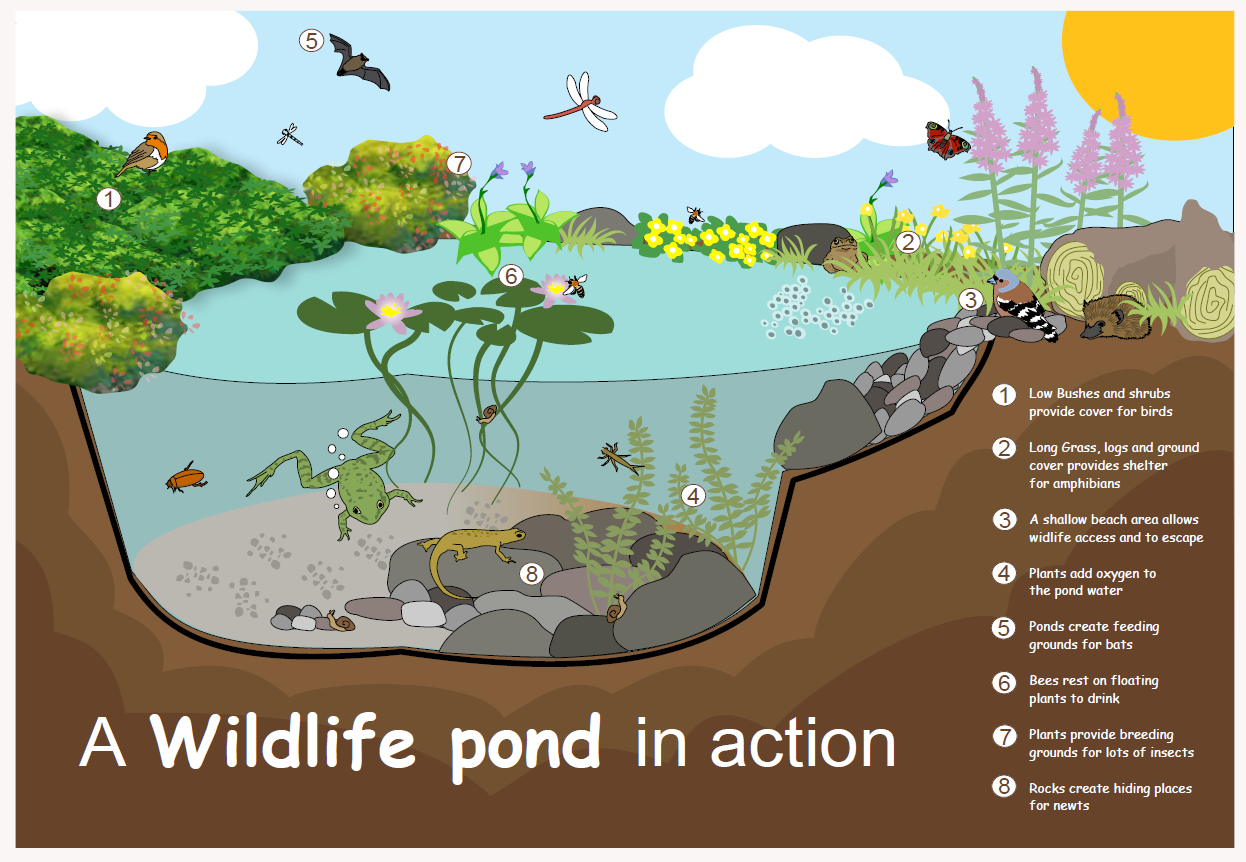Create a wildlife pond
Choosing to add a water feature to your garden will open your eyes to another world. Every garden will benefit from a water feature and even the smallest pond can attract wildlife.
Although many animals will visit a variety of water features, a well-designed wildlife pond will attract a wide range of native creatures and enable them to thrive and reproduce, to the benefit of both garden and gardener. Frogs and toads will help control slugs and snails, dragonflies have a hearty appetite for mosquitoes and other flying insects and garden birds will benefit from somewhere to drink and bathe.
Well-designed wildlife ponds should have easy access for small animals and shallow areas for bathing and drinking. When using a liner, a shallow bowl-shaped cross-section is ideal, with a depth of 60cm/24” adequate for overwintering life if you’re doing things on a larger scale. Species such as toads and the legally protected great crested newt favour such deeper ponds and can be hard to tempt to new habitats, whereas frogs and the smaller newt species are far less demanding. For most species, shallow areas that warm up quickly in spring are a key factor as most aquatic life is found in the sunlit shallows. Small pre-formed pools can be used and are frequently designed with wildlife in mind. As all the design is done for you, these are easily installed with a bit of digging and a spirit level. Where these feature steep sides, some careful planning may be necessary to enable access and prevent visiting garden animals such as hedgehogs from drowning. Although I use the term ‘careful planning’ a brick can be equally effective, even if it’s not as pretty as a pebble beach.
Wildlife isn’t all about otters and kingfishers, so don’t be afraid to start small and remember that diversity is everything – even microscopic creatures have habitat preferences, and it can be fun having little pools in different parts of the garden in sun and shade. You’ll discover that tadpoles grow faster in sunny ponds but so does algae.
The best wildlife ponds feature mostly native aquatic plants. These are readily available and, in many cases, very attractive as well as providing the right habitat for native insects. Some of these plants can be rather rampant and prone to taking over a small pool. A good book on pond plants can reveal which species are best avoided in a restricted space and staff can also advise you on the best choices. Non-native species can be used and are sometimes the perfect fit. Responsible retailers should offer plenty to choose from without the risk of adding any known harmful invasive species. Details of these rogues can be found here: https://www.plantlife.org.uk/uk/our-work/publications/pond-alert-problem-pond-plants.
Linking habitats by planting a suitable ‘corridor’ of lush cover will help animals travel to and from your little oasis and a pond in the middle of a patio or short lawn will often be less appealing to our more nervous garden residents. Habitats such as log piles and bog gardens are a great way to provide homes for creatures such as frogs when they’re in the less aquatic stages of their life cycle. If your tiny wetland is aimed at attracting garden birds, adding a twig or branch as a landing platform can make them far more comfortable when exploring a new water source.
Although many sources advise adding a layer of soil to the pond, this can often lead to nutrient problems and algae blooms. For this reason, confine plants to aquatic baskets and if you wish to add a substrate, silver sand is a better choice as it is inert and nutrient-free. Using tap water can also add phosphates and other nutrients that can fuel green water or blanket weed blooms and rainwater is a better option for the wildlife pond. Duckweed can be a nuisance if allowed to establish itself and will quickly shade all life in the pond if not removed by hand.
A limiting factor for wildlife in many ponds is the presence of fish. We’d always recommend providing a fish-free alternative to maximise the value of your pond to native species. Fish will eat important invertebrate life that serves to keep a wildlife pond in good shape. In the absence of fish, water fleas (Daphnia) will consume green-water algae and help maintain clear water – these are usually sold as live food for aquarium fish and can be found in most of our stores. As well as earning their keep by eating green water, these tiny crustaceans are also an important part of the food chain. Fish will also make a meal of frog tadpoles and newt larvae but will make larger ponds more attractive to spawning toads, who instinctively know that they eat the aquatic insects that consume their otherwise distasteful tadpoles. As in nature, fish can be part of a balanced community in larger ponds but given the lack of pumps and filtration is best avoided in smaller-scale set-ups.
So, why not go wild in your garden and get to know your neighbours a little better? Whatever scale you choose there’s a wildlife spectacle to suit all ages.
Boosting habitat.
Frogs like new ponds and shallow water. As well as spawning, frogs often use ponds for keeping cool on hot days and will be more likely to stick around if there’s cover. Plants such as Marsh marigold (Caltha palustris) will provide welcome shelter from predators.
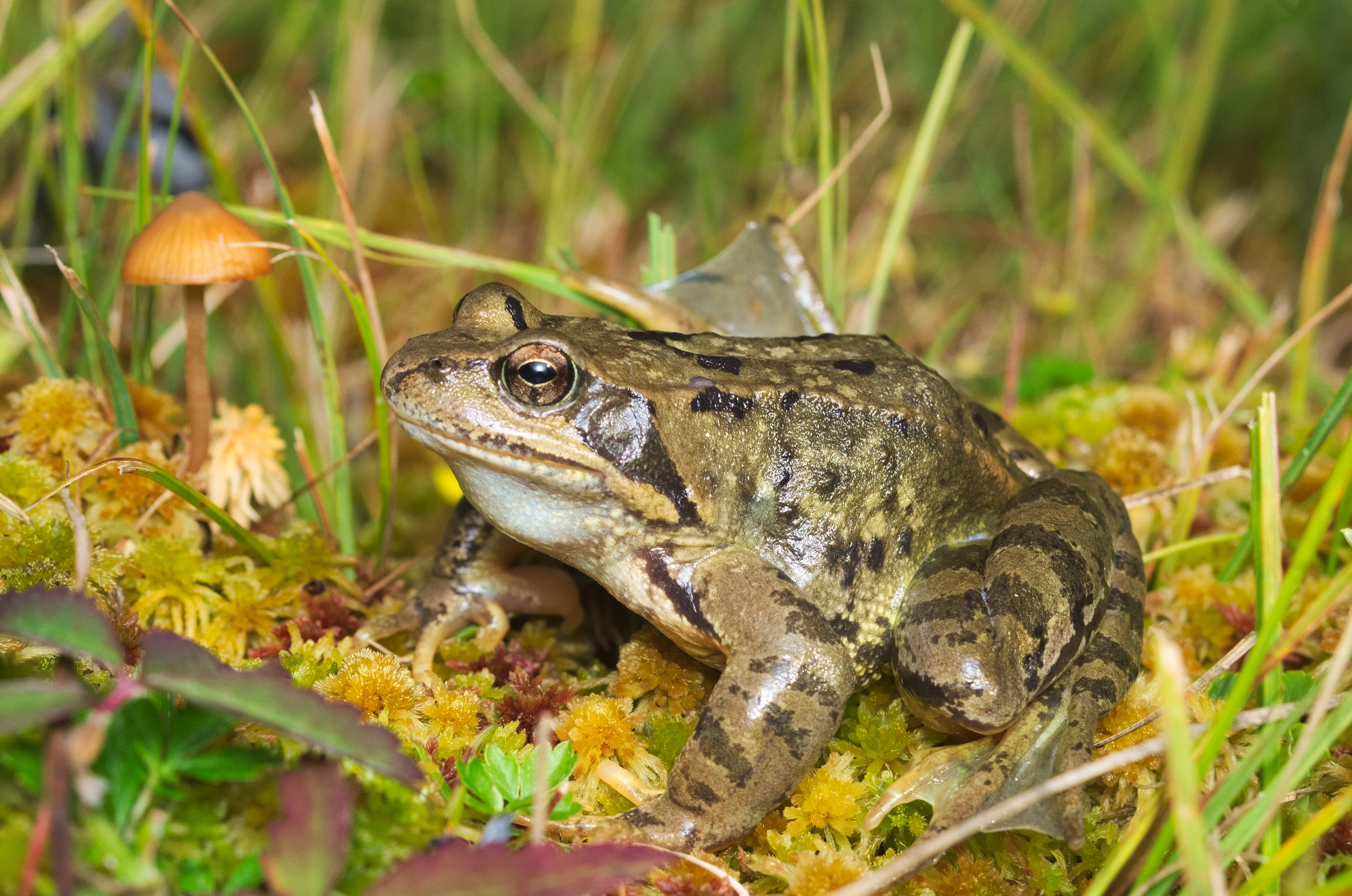
Toads will sometimes come for a drink in the evening but need large ponds to spawn. They prefer drier conditions than frogs but will still enjoy a good soak.
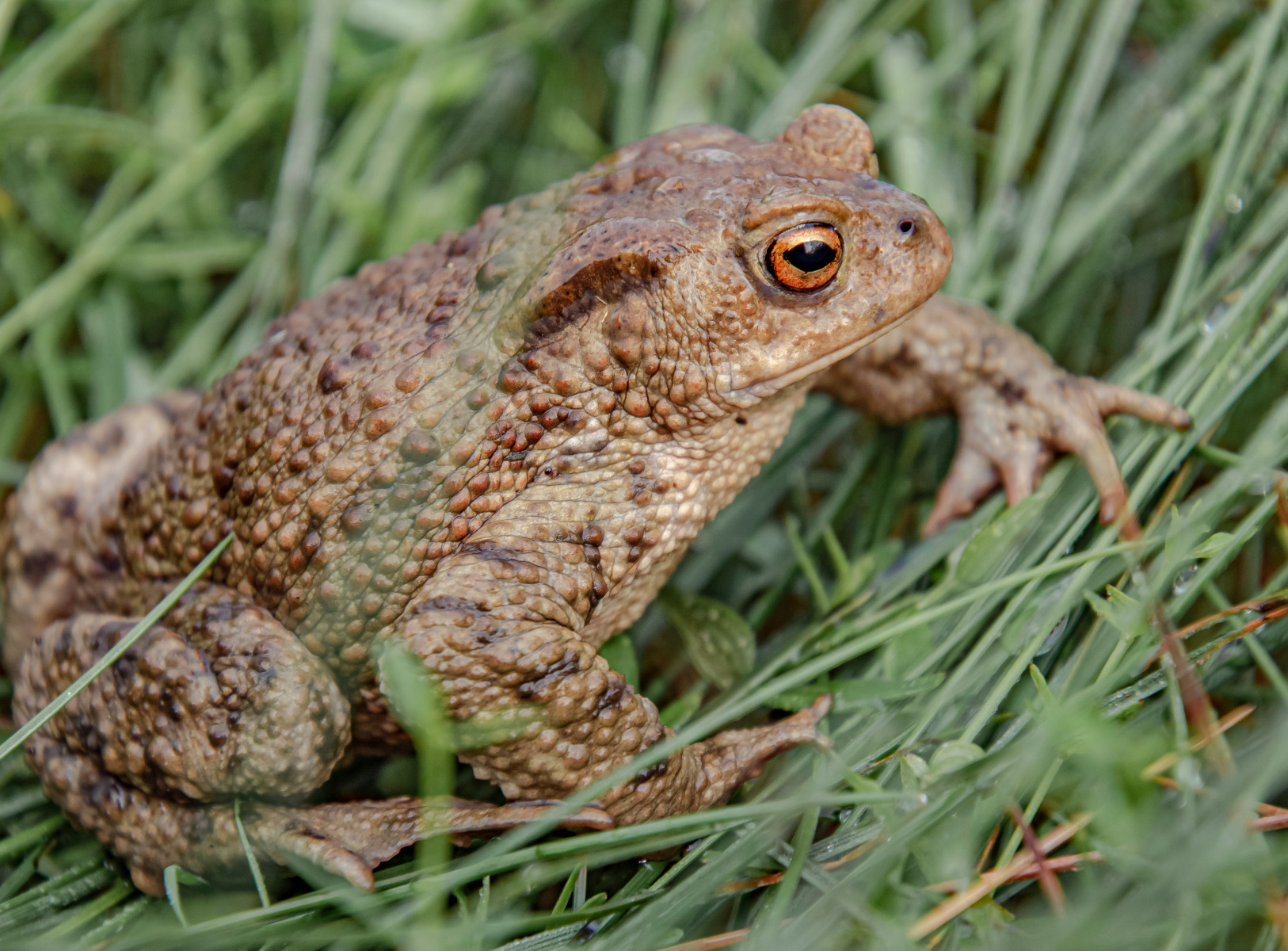
Newts will soon discover a new pond and will spend spring and summer breeding and hunting insects and tadpoles. The legally protected Great crested newt prefers large ponds, but the smaller Smooth and Palmate species will happily accept a small garden pond. Newts lay their eggs singly, wrapped in a folded leaf. Water forget me not (Myosotis) and Water mint (Mentha aquatica) are amongst their favourite plants for this purpose.
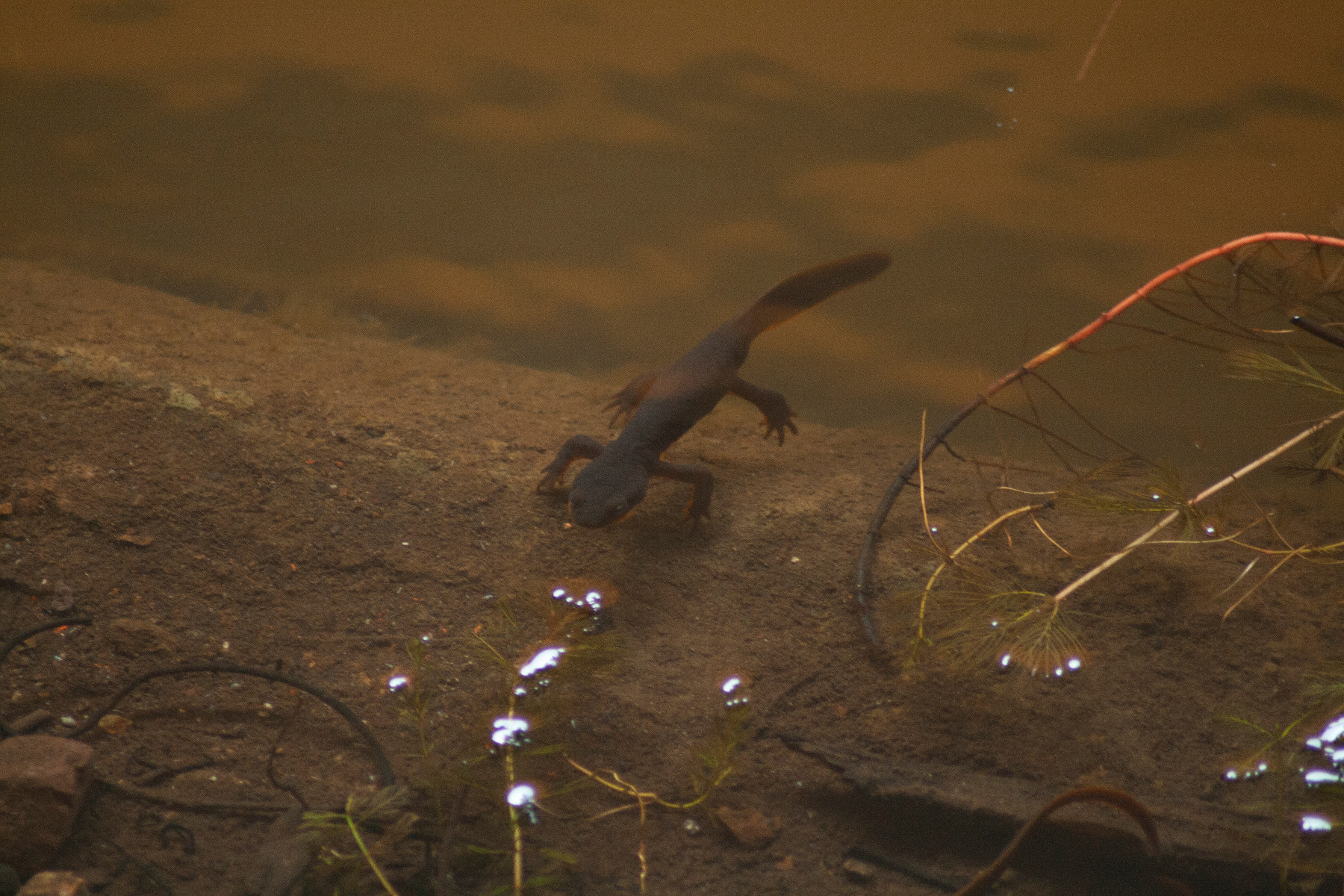
Dragonflies and damselflies spend years hunting underwater before climbing out to moult into their mosquito-munching adult form. They’ll appreciate tall plants such as Dwarf reedmace (Typha minima), water irises and rushes.
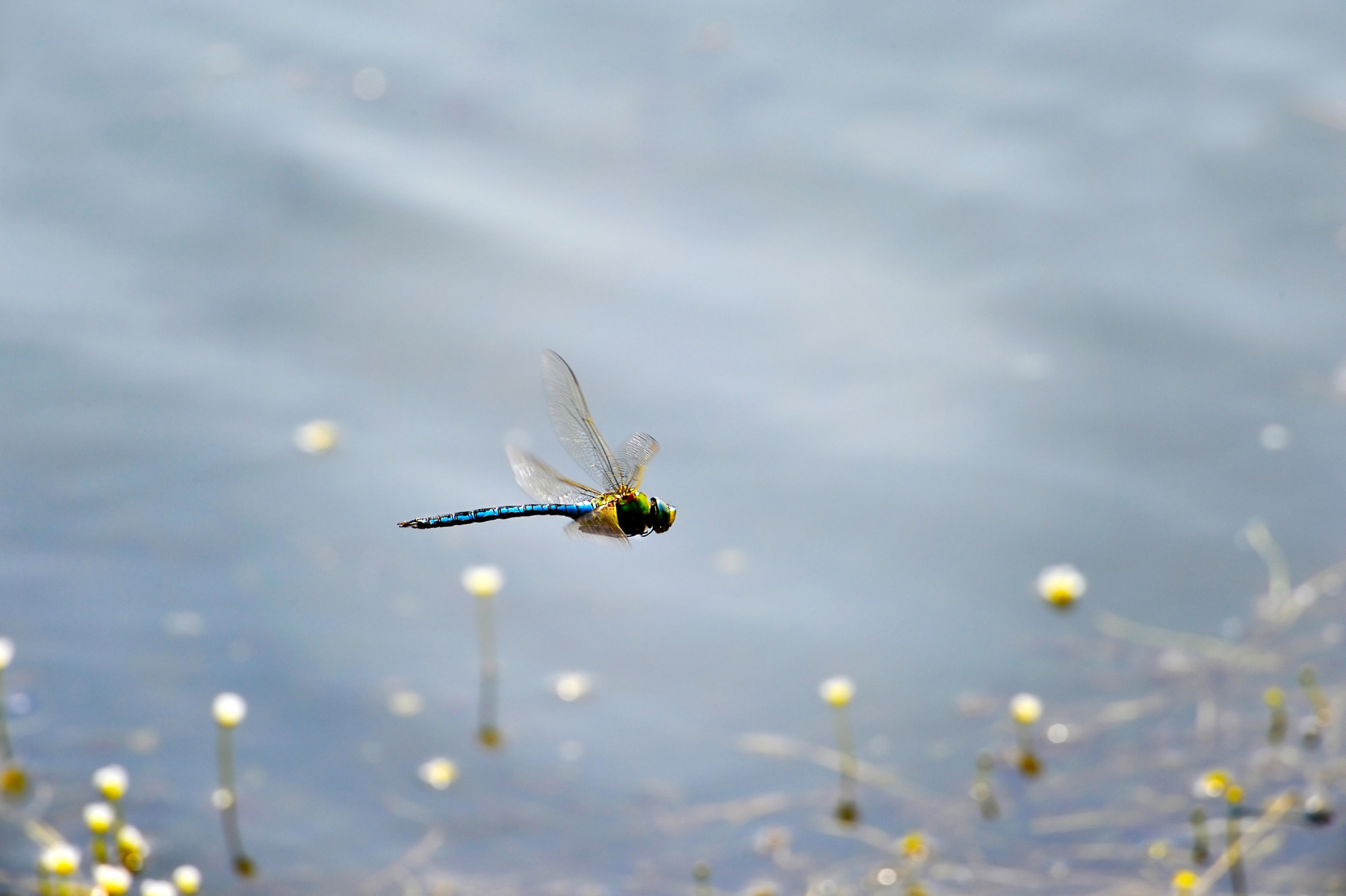
Pond snails will often arrive on the plants but it’s worth adding Ramshorn snails to keep blanketweed and other algae growth in check.
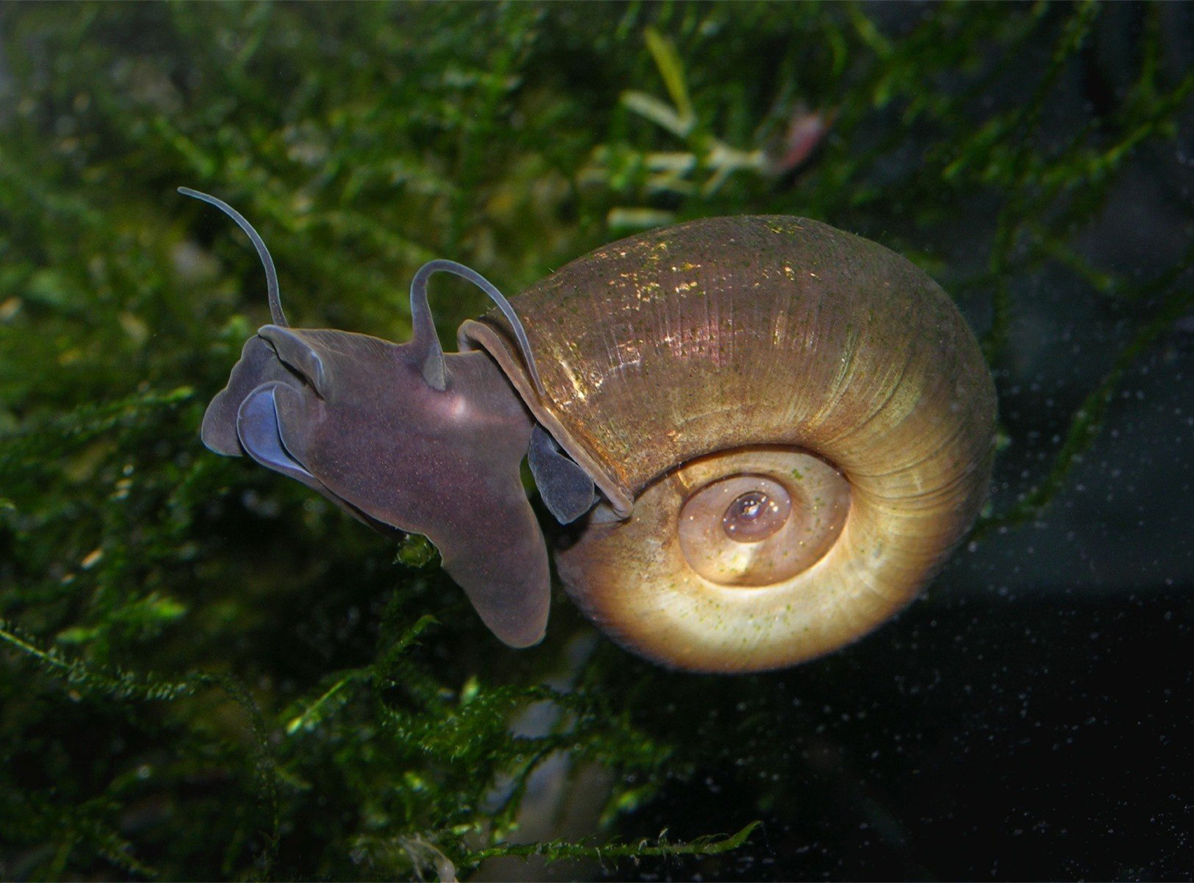
Oxygenating plants will add balance to your pond and the structure they create in the shallows will soon be home to a host of tiny creatures.
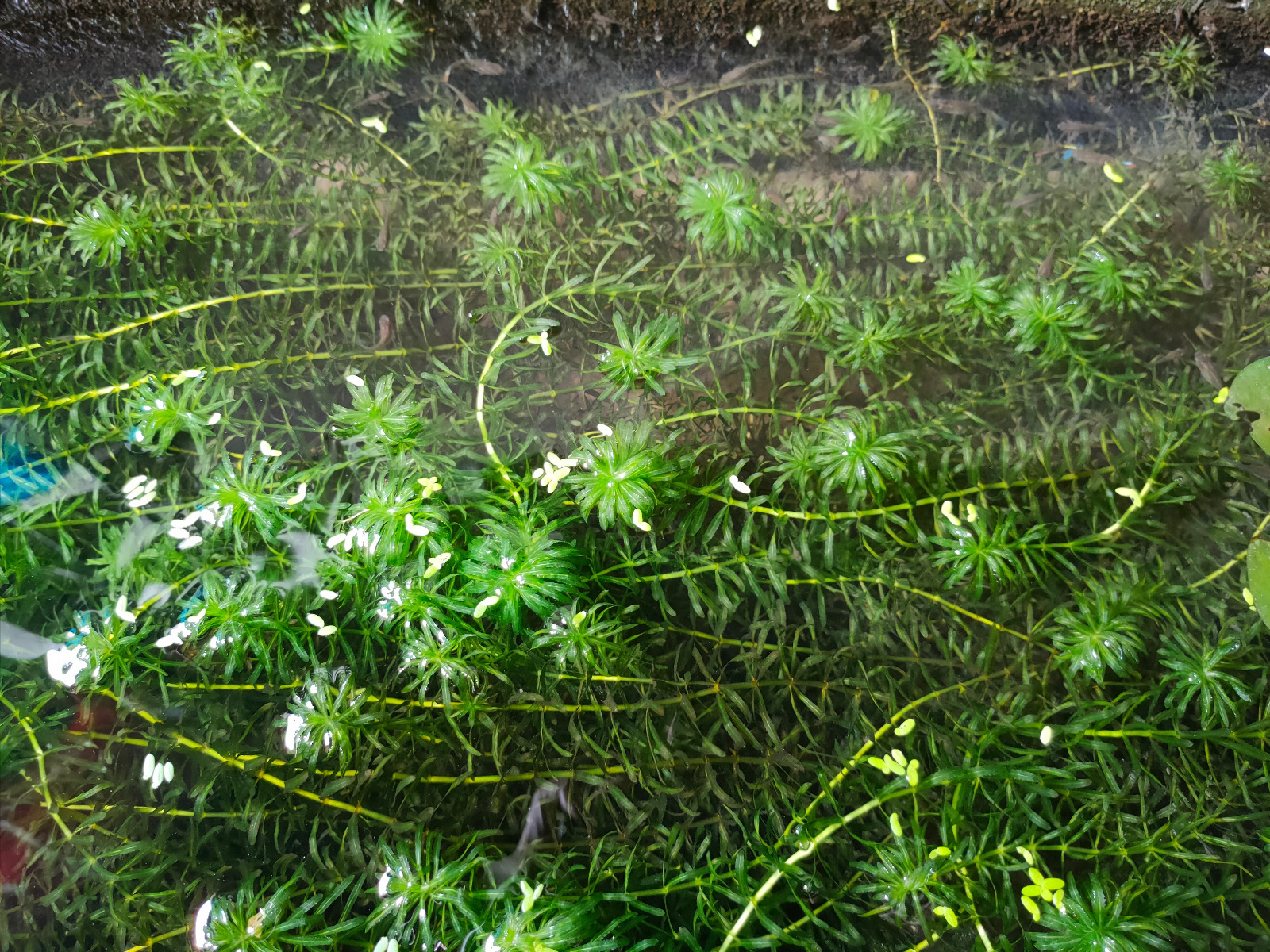
Bees and other pollinators may not have aquatic life cycles but will appreciate a source of drinking water. On a hot day, it’s surprising how many friendly bugs will use a reliable water source and a wildlife pond with a simple shallow beach area can be a valuable resource.
